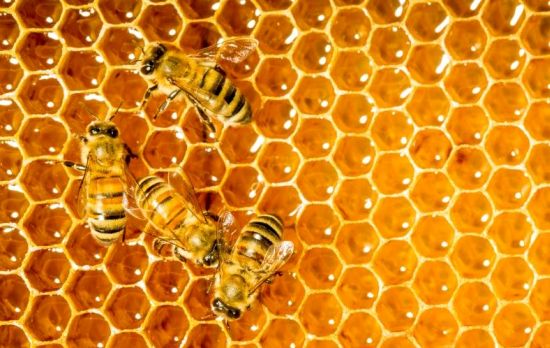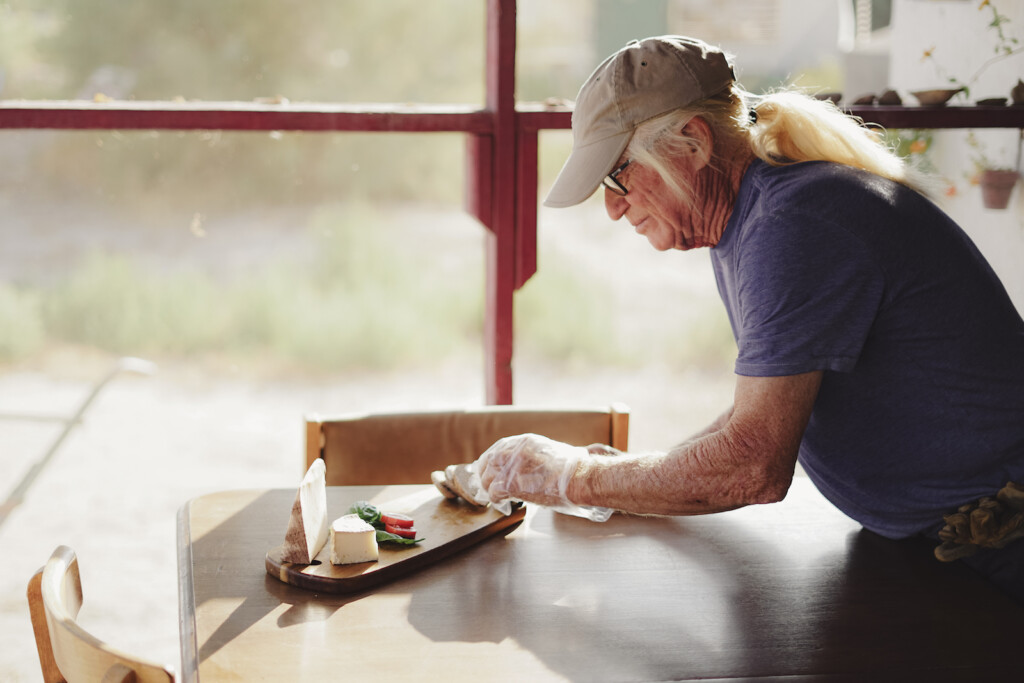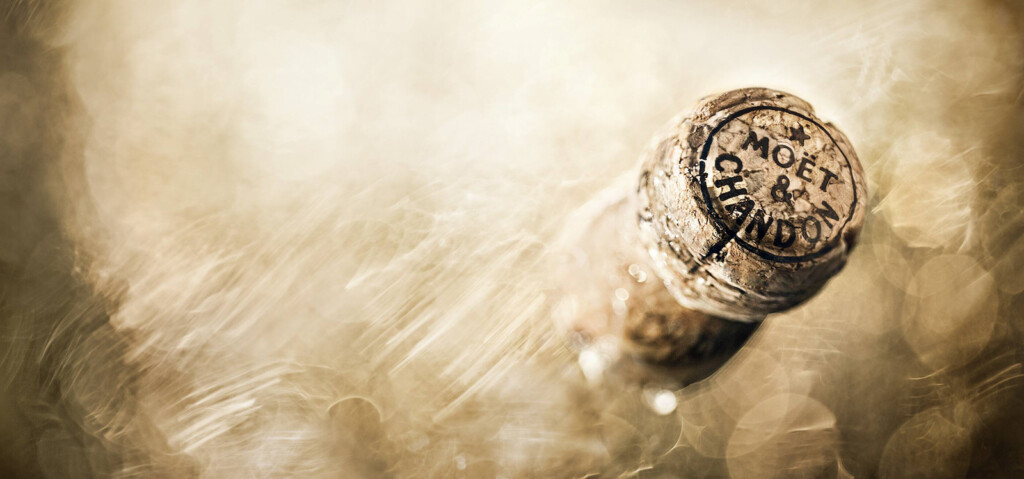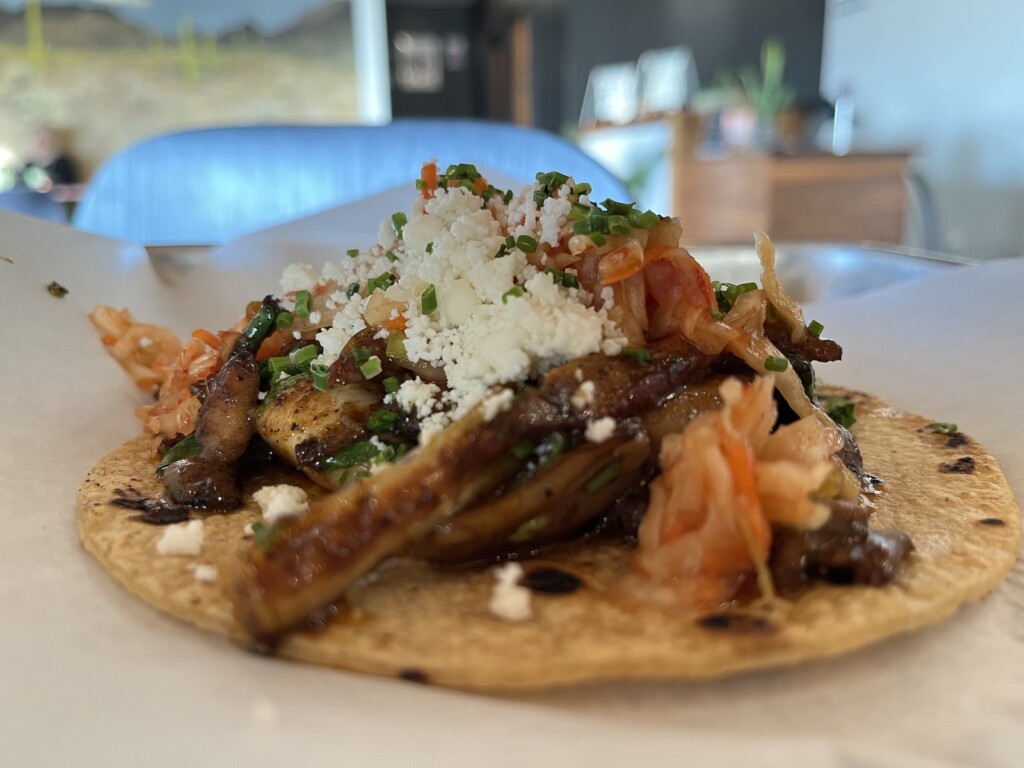 A brief history of honey
A brief history of honey
Honey is a sticky and delicious miracle of nature. Our ancestors had to risk being stung by swarms of belligerent bees before they could enjoy this amazing nectar, but once it had been safely stolen, honey was a ready-to-eat food that required no preparation, had healing and antiseptic properties, and was impervious to spoilage.
Ancient caches of honey up to 5,500 years old have been found in Egypt and the Caucasus region between Europe and Asia, where it was stored in ceramic vessels to sustain royal individuals on their journeys to the afterlife. Honey has been a staple in Chinese medicine for centuries, while ancient Greeks and Romans used it as currency, and Roman citizens could even pay their taxes with honey. In India, honey has been referenced in texts dating back to 3,000 B.C.
What is real honey?
Made from the nectar of assorted flowers by thousands of industrious bees, honey is a complex combination of carbohydrates, nutrients, antioxidants and anti-inflammatory agents. In its natural state, honey is healthier than refined sugar, with its many links to obesity, diabetes, and other health concerns. But most store-bought honey, like most other processed foods, has been tampered with, cooked, diluted, polluted or substituted with other ingredients, often to the point that few of its original benefits remain.
According to NaturalNews.com in 2013, “Large scale tests on US supermarket honey now reveal that roughly 75 percent of honey on the market isn’t even real… Honey manufacturing experts and the World Health Organization agree that real honey must contain true microscopic particles of pollen to be considered real, with an identifiable source. Honey devoid of pollen is an artificial, nutrition-void, watered-down scam.”
The United States Department of Agriculture uses a standardized grading system for defining two types of processed honey – filtered and strained. Filtered honey has had most of the pollen grains, air bubbles and other natural materials removed. Straining honey removes most of the defects, but “grains of pollen, small air bubbles, and very fine particles” are not normally removed. This then, is the definition of real honey.
How can I tell if I’m buying real honey?
The US Food and Drug Administration only recently implemented labeling standards for identifying adulterated honey that has been blended with corn syrup or other sweeteners, flavors or dyes. The term ‘natural’ means nothing on a honey label, and even the term ‘organic’ is misleading. Although a beekeeper may not use pesticides on his farm, bees can range up to 80 miles in their quest for pollen, and will likely forage in places where crops have been sprayed.
Honey is best in its raw state. Honey is raw if it hasn’t been heated beyond the average 95 degree (F) temperature inside the hive. Boiling or microwaving honey destroys its nutritional value and makes it more like a processed sweetener. The downside to eating straight-from-the-hive honey is that it is very thick and may contain bits and pieces of honeycomb, propolis (bee glue), and even bee parts. Straining removes these impurities and makes the honey flow more easily.
When buying honey, look for the terms ‘raw,’ ‘unfiltered’ and ‘uncooked’ on the label. Here in the Miller’s, Cox’s and Stoddard Honey meet the standard for pure, raw honey, and there are many others as well. You can also buy honey from your local health food store or farmers market to make sure you can savor the true “nectar of the gods” on that scone or in that cup of tea. Best of all, you won’t have to bother any bees.





